Optical Fiber Cable (OFC) Infrastructure
The ground lies an extensive network of underground cables that stretch for millions of miles. An underground optical fiber cable consists of several essential components that work together to enable the transmission of digital data through light signals. Here’s an overview of the typical structure of an underground optical fiber cable
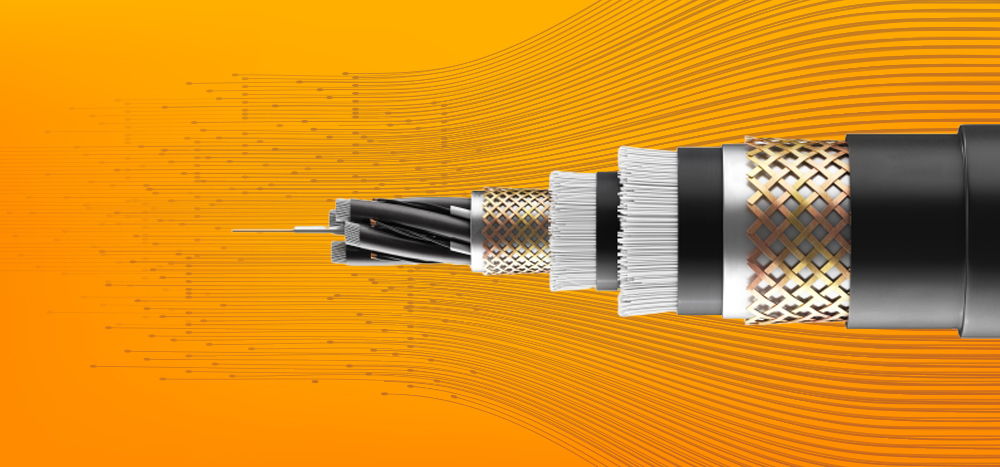
Fiber Optic Cable Installation Process
- The preferred cable route must be cleared and prepared. This may involve trenching or aerial construction, depending on the installation method.
- Engineers will lay the fiber optic cable using the cable blowing or cable pulling tension.
- Fiber optic cable plant testing takes place.
- The connection is made to the network equipment, and the system is tested to ensure proper operation.
- Thorough cable management, including color code labeling and cable ties, will ensure ease of maintenance.
Step 1: Preparation and Planning
- Obtain necessary permits for right-of-way.
- Identify existing underground utilities like cables and pipes.
- Investigate soil conditions to determine which cable type and plowing equipment would be needed.
Step 2: Cable Placement
- Identify and secure the inner duct.
- Prepare pull-through manholes and apply lubricant.
- Position pulling equipment within limits.
- Install proper guides at the pull-end manhole.
- Hand-feed cable into the manhole.
Cable Placement Precautions (Infographic Content)
- Avoid exceeding the cable’s pulling tension, bending radius, and crush load.
- Don’t use detergent or petroleum-based lubricants.
- Never set a cable reel on its flange side.
Step 3: Pulling
- Connect the pulling line to the cable’s grip.
- Lubricate the duct for reduced tension.
- Establish communication between feed and pull manholes.
- Begin pulling at a slow speed, gradually increasing.
- Maintain a constant pull rate and avoid stops if possible.
Step 4: Final Cable Handling
- Pull cable over the sheave or block if necessary.
- One should not attempt to inch the cable to its final manhole length as it could potentially cause abrupt surges in the cable’s end section.
Step 5: Post-installation Inspection
- Inspect the construction area above ground.
- Ensure restoration, marker installation, and proper completion of any road bores.
- Ensure the site is free from any debris or waste materials.
- Confirm all installation specifications are met.
Underground fiber optic cables are silently powering our modern world. As technology advances, addressing challenges and embracing innovations will ensure that these hidden cables continue to play a vital role in our connected future. So, the next time you browse the internet, connect with your loved ones from different locations or just text your friend a hello, take a moment to appreciate the remarkable impact of underground cables beneath your feet. The silent presence of an underground cable is a cornerstone of our technologically driven civilization.
Installation involves digging trenches or using specialized equipment to place the cables underground. They are often encased in protective conduits to shield them from external factors, ensuring durability and longevity. Conduits are used to bury fiber optic cable, which is typically done between 3 and 4 feet down, or 36 and 48 inches underground. A minimum depth of 42 inches is frequently specified in fiber optic cable installation agreements, though some environments consider the even deeper placement of the conduit.
Underground placement minimizes electromagnetic interference and radio frequency noise, resulting in improved signal quality and data transmission reliability.
Optical Fiber Cabling Accessories
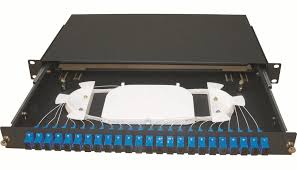
KEY FEATURES
- Suitable for 19″ Rack Mountable cabinet
- Accommodate up to 24/48 Fibers in 1U
- Security fastened patch cords can exit to left or right
- Front Sliding
- Accepts all standard Connector types and cable designs
- Easy access to splice trays and internal fiber management
- Comprehensive Accessory Kit for Cable Entry and Fiber Management
- Save time and money on installation
1. FIBER OPTIC PATCH CORD DUPLEX SINGLE MODE, MULTI MODE
2. FIBER OPTIC PATCH CORD SIMPLEX SINGLE MODE

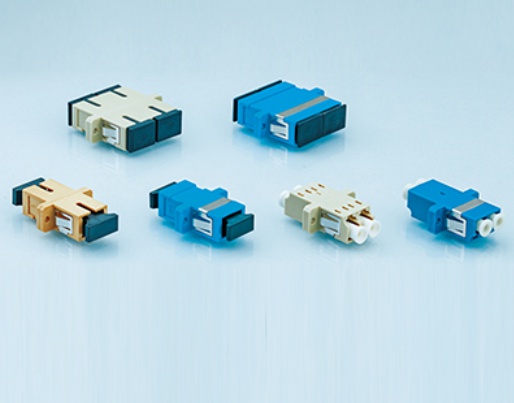
KEY FEATURES
- Single Mode and Multi Mode Adapters
- High Precision alignments
- Low Insertion and Return Loss
- Zirconia or Phosphor Bronze Sleeve
- Available in –
- SC/UPC – Simplex / Duplex
- LC/UPC – Simplex / Duplex
- SC/APC – Simplex
KEY FEATURES
- IP 68 Class
- Underground, Aerial and Buried Installations
- Pole Mounting and Wall Mounting
- Entire Splicing accessories kit
- Compatible with all types of Single mode cables
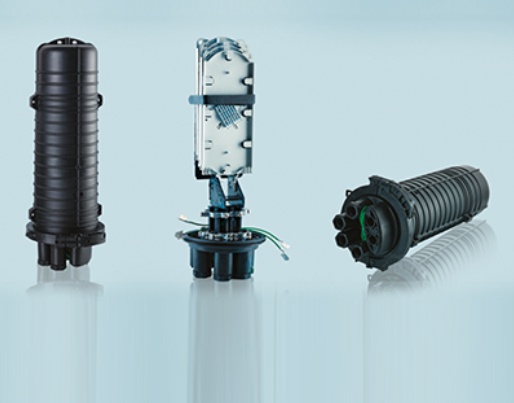
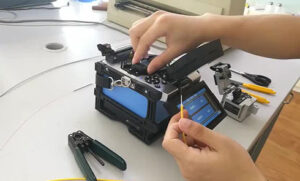


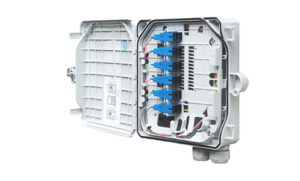
The maximum length of a fiber-optic cable ranges from 10km to 70km, depending on the type of fiber. The maximum length of a twisted-pair copper cable is 100m. Depending on the type of fiber-optic cables used, data rates can range up to 10,000Mbit/s.
Transmission through twisted-pair copper cables is susceptible to electromagnetic interference (EMI). This is when external electromagnetic fields affect the current in the cable, and may cause substantial problems with data loss. Fiber-optic cables, however, are immune to such interference. Also, the signal in one fiber does not interfere with those in other fibers in the same cable.
Axis offers a range of network video products that support fiber-optic communication. The key component in connecting a surveillance system with a fiber-optic cable is the SFP (small form factor pluggable) module. Other components are media converters and network cameras with integrated SFP slots.


